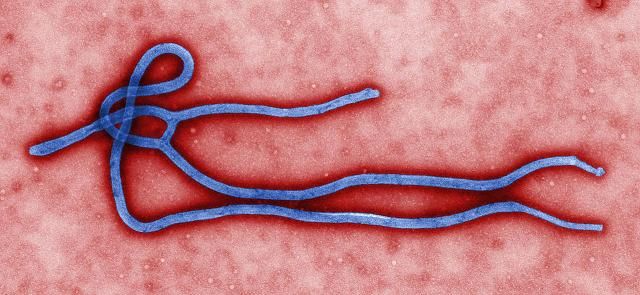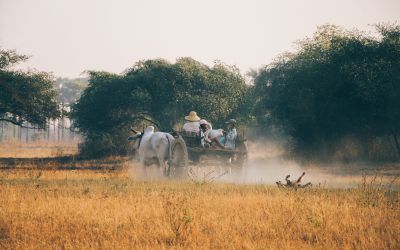Ebola epidemic being driven by deforestation and climate change
The deadly Ebola epidemic in West Africa has been partly caused by deforestation and climate change according to new evidence from experts.

The deadly Ebola epidemic in West Africa has been partly caused by deforestation and climate change according to new evidence from experts.
Researchers say the logging, road construction and effercts of climate change have brought animals infected with the disease in closer contact with humans.
Jonathan Epstein, a veterinary epidemiologist at EcoHealth Alliance, said: “Expansion of human impact can really trigger outbreaks. Deforestation, building roads, expanding farms into areas that used to be dense forest — all those things increase the opportunity for wild animals to get into contact with livestock and humans.”
The latest outbreak was first reported in February in remote towns in Guinea and has since spread throughout the country and into Sierra Leone, Liberia and Nigeria.
Around 1,200 people have died from the disease during the current epidemic, according to the World Health Organization (WHO).
The outbreak began with humans being infected with Ebola after eating ‘bush meat’ including fruit bats and possibly gorillas.
Human contact with bats is now more likely than ever in West Africa, thanks to unrestricted development into the animals’ habitats and deforestation.
Some bat populations have inactive reservoirs of the Ebola virus disease that when transmitted to humans present the deadly symptoms known as Ebola hemorrhagic fever; a process known as zoonosis.
As population centres and infrastructure expands, researchers this type of human-animal contact will be on the rise.
A study conducted by African and U.S. researchers in 2012 found that human activity immediately preceded the previous Ebola outbreak in 1994 when gold miners in Gabon ate an infected gorilla.
Deforestation is rife in West Africa with only 4 percent of Sierra Leone’s original forest cover having been wiped out since the 1920s, according to the United Nations Environment Programme (UNEP).
In Liberia, agricultural development has absorbed up about 20 per cent of the country’s dense forests since 1979, according to a government report.
In Guinea around 20 per cent of forested areas have been lost since 1990, according to United Nations data.
The loss of habitat has resulted in significantly increased concentrations of wild animal populations in the remaining forest, bringing previously untouched reservoirs of Ebola into closer proximity with humans.
With billions being invested in West Africa to exploit mineral deposits, transport links and infrastructure has been developed in once remote villages which has increased peoples contact with the virus and has made it harder to contain.
There is also now evidence that climate change can increase the likelihood of Ebola epidemics by causing periods of extreme drought and heavy rain; research has linked Ebola epidemics with intense periods of heavy rain coming after periods of aridity.
Experts say that the development of public health infrastructure in the region is vital to prevent outbreaks.




